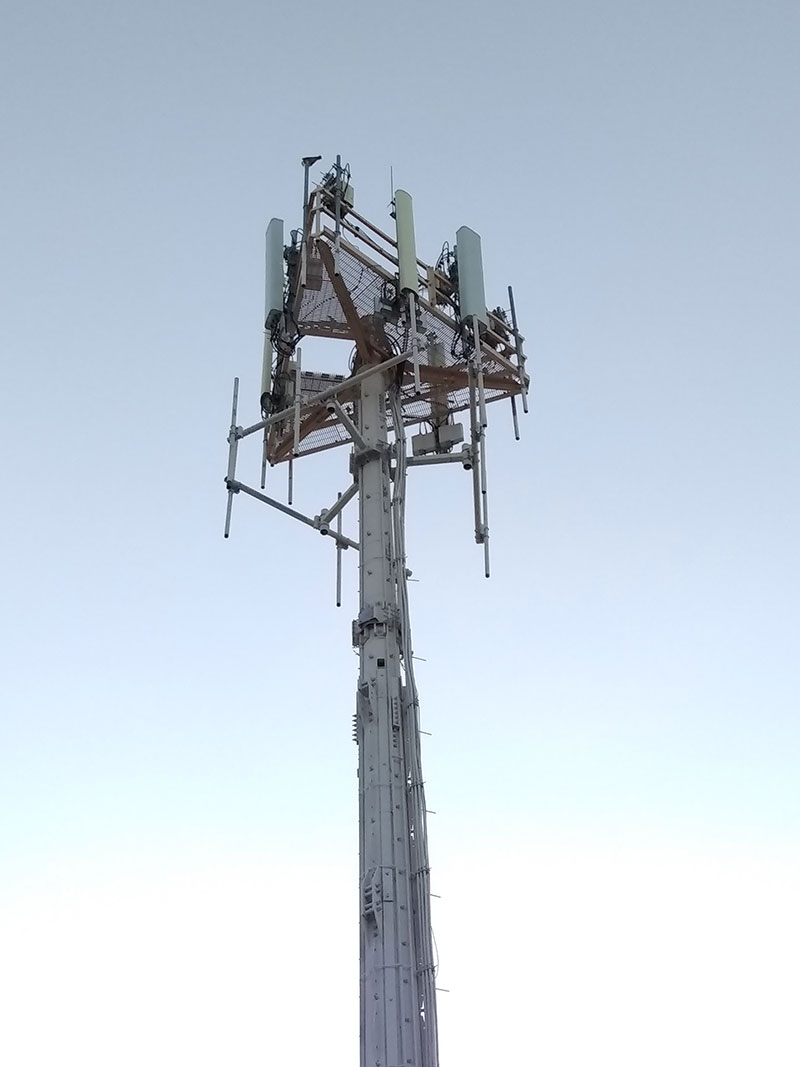If you've ever walked through a city, you may have seen tiny 5G cell towers placed on poles for street lighting. They appear like tiny boxes, but they're actually broadcasting wireless signals from cell phone providers to your phone.
They are replacing larger specially-designed cell towers. Although they're not as visible, they still can cause issues for users.
The of the FCC's Radiation Exposure Thresholds
The FCC's Radiation Exposure Thresholds establish the maximum amount of time an individual can be exposed to electromagnetic energy from wireless devices. The limits for exposure are based on research which show that the energy of RF could be harmful to health.
The absorption rate specific (SAR) is an indication of the amount of radiofrequency energy absorption by tissues. It's usually 1.6 Watts per kilogram calculated over one gram of tissue.
But, since 5g operates at higher frequencies this could be able to cause greater energy intensity on the skin and other directly-exposed body areas. This could result in a wide range of potential harms, including exacerbated formation of skin disorders such as dermatitis and skin cancer and cataracts.

Because of the potentially harmful effects of radiation from 5G, PSU has chosen to establish a general, localized limits on power density, which is 4mW/cm2 based on the average over 1 cm2, but not to exceed 30 minutes, for the entire 5G spectrum at 3000 GHz. This localized limit is in accordance with the peak SAR spatial-average of 1.6 W/kg, averaged over one 5 grams of body tissue, at 6 GHz.
disadvantages of living near a cell tower
If you've ever operated a cell phone, you're probably aware that the safest range from the tower is around 400 meters. This is due to the transmitting power of cell towers increases drastically the farther you are from it.
While it sounds like an ideal idea however, people living in close proximity to towers might be more prone to health problems. For example, a study from 2014 in India found that residents who lived within 50m of cell towers had much more health problems than those living further far from antennas.
However, this study also showed that residents who moved to areas that were further from cell towers noticed their symptoms return to normal within a few days. Studies have also demonstrated that exposure to extreme amounts of electromagnetic field radiofrequency (EMFs) could cause cancer, brain tumors as well as other health issues.

This is due to the fact that RF radiation, which is used in wireless communication, can be absorbed by the body's outer layer, the skin. This is important to understand since the skin functions as a barrier to protect against injury to the body, infection from pathogenic microorganisms, as well as the entry of harmful substances. Additionally, it is the most important organ in the human body. It is responsible for keeping the integrity of the other organs.
The FCC's Minimum Exposure Thresholds for the Minimum Exposure
The FCC's Minimum Exposure Thresholds are based on a variety of assumptions that aren't supported by evidence from science. These include the erroneous assumption that short-term exposures to RF radiation are safe due to the limited penetration into the body (i.e. the heating of tissues).
The assumption also ignores the greater penetration of ELF components of modulated RF signals, as well as the effect of short bursts of heat from pulsed RF waves. These theories are not compatible with the current understanding of biological effects of RF radiation. As such, they should not be used for health protective exposure guidelines.
Additionally, the ICNIRP and FCC restrict their maximum exposure limits to local peak SARs based on the maximum spatial specific absorption rate (psSAR), which can be described as not a sufficient dosimetric tool for determining the level of exposure to RF radiation. In particular it is inconclusive for frequencies that exceed 6 GHz. In addition, psSAR is not been evaluated for RF radiation exposed to other agents of the environment such as sunlight. Interactions of RF radiations with different agents in the environment could cause synergistic or antagonistic impacts. This can lead to an increased risk of negative health adverse effects. For instance, exposure to RF radiation with sunlight may increase the risk of skin cancer, and may also exacerbate other skin diseases such as acne.
